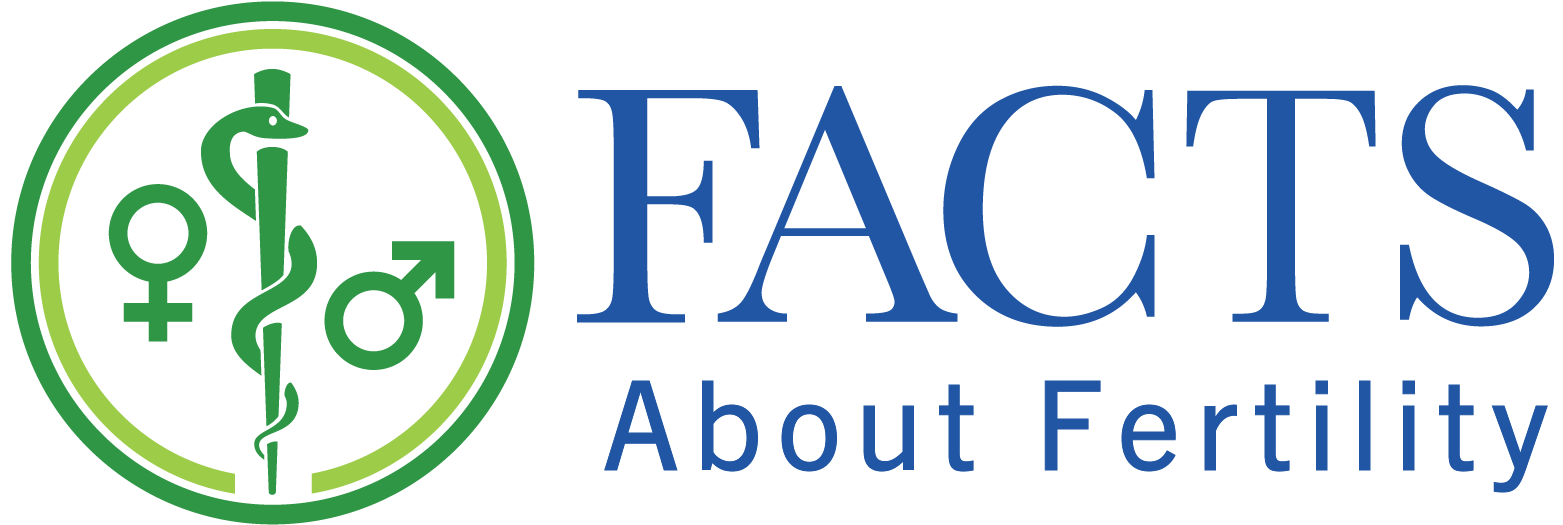By: Isley Martins-Correia
Editor’s Note: Although the article [1] summarized below was published by Fulghesu et al several decades ago, its review of N-acetyl-cysteine to improve insulin sensitivity in women with polycystic ovary syndrome remains relevant. The study findings were favorable for this cost-effective treatment that was also without side effects among study participants. Isley Martins-Correia was a medical student on the FACTS elective when she summarized the research. Of note, the body mass index (BMI) parameters used in the study changed after this research was published. An adult with a BMI of 25-29.9 is considered “overweight” in 2025, while a BMI ≥30 is now defined as “obesity.”
Introduction
Polycystic ovary syndrome (PCOS) is one of the most common endocrine disorders in the United States, with as many as 10% of women having an official diagnosis. While it is often seen solely as a gynecologic disorder, it is endocrine in nature. Beyond causing menstrual cycle irregularities, PCOS is often associated with decreased insulin sensitivity and increased risk of cardiovascular disease. With decreased insulin sensitivity comes hyperinsulinemia, which stimulates androgen synthesis in the theca cells on the surface of ovarian follicles. This leads to elevated testosterone, male-pattern hair growth (hirsutism), and elevated estrogen production. The rise in estrogen alerts the brain’s pituitary gland that the ovaries don’t need to be stimulated, causing the characteristic chronic anovulation seen in these patients.
“Beyond causing menstrual cycle irregularities, PCOS is often associated with decreased insulin sensitivity and increased risk of cardiovascular disease.”
Understanding the biochemically complex pathophysiology of PCOS is essential to determine the most effective treatment methods, which is what Fulghesu et al explored in the article summarized below, “N-acetyl-cysteine treatment improves insulin sensitivity in women with polycystic ovary syndrome.” [1] While N-acetyl-cysteine (NAC) has been proven effective in treating bronchitis (as a mucolytic) and acetaminophen toxicity (as an antioxidant and stimulator of glutathione synthesis), the study shows promise in NAC’s ability to increase insulin sensitivity in women with PCOS. According to the study findings, in women with PCOS, NAC protects insulin receptors found on red blood cells, prevents oxidative damage throughout the body, and minimizes the potential of atherosclerosis by decreasing conversion of “good” cholesterol (HDL) to “bad” cholesterol (LDL).
Methodology
This was a prospective study of 37 women with an established diagnosis of PCOS as classified by the Rotterdam criteria (hyperandrogenism, polycystic ovaries, and chronic anovulation). Of the 37 participants, 6 were lean (BMI <25) and 31 had a BMI >25; in the latter subgroup, 20 women had a BMI above 30. All participants were determined to be in good health without underlying thyroid conditions or disorders that increase prolactin or cortisol levels. For the placebo group, in which diet was not modified prior to NAC administration, 6 obese, BMI-matched women were chosen.
The test group was admitted to the hospital on day 7 or 8 after a spontaneous menstrual bleed (or at random if anovulatory) and placed on a standard 300g carbohydrate diet for 3 days. This was followed by a 12-hour overnight fast, baseline labs – gonadotropins, sex hormone binding globulin (SHBG), testosterone, DHEA-S, and lipids – and a 75g oral glucose tolerance test (OGTT). One day after the OGTT, the participants’ insulin resistance/sensitivity was assessed using the hyper-insulinemic euglycemia clamp technique. This technique uses one peripheral IV to load the body with a small dose of glucose, and another to act as a clamp. This allows researchers to assess how much glucose was removed from circulation and how much insulin was utilized to do so in a window of 120 to 240 minutes.
Once those values were obtained, the participants were discharged and instructed to take oral NAC daily for 5-6 weeks. The dosing was decided arbitrarily to be either 1.8g (BMI <30) or 3g (BMI >30) due to the potential for weight to impact efficacy of the supplement. After the treatment period of 5-6 weeks, the baseline labs were redrawn, and the OGTT and hyper-insulinemic euglycemia clamp were redone.

Results
Treatment with N-acetyl-cysteine showed improvements in insulin levels in all participants after the treatment period, and in lipid levels in participants with elevated insulin levels. There was a significant (p <0.05) decrease in circulating testosterone and in the free androgen index (FAI), which indicates the amount of biologically active androgen available in the body. Insulin area under the curve (AUC), which represents the total exposure to a specific substance the body receives, was also shown to decrease significantly after glucose loading. In addition to the decreased insulin AUC, increased peripheral insulin sensitivity was seen by improved response to the repeat OGTT and insulin clamp.
“Treatment with N-acetyl-cysteine showed improvements in insulin levels in all participants after the treatment period, and in lipid levels in participants with elevated insulin levels.”
There was also a significant increase in SHBG, which binds testosterone, thereby decreasing free/available levels in the blood. In the 14 participants determined to be hyperinsulinemic after the initial OGTT, there was a significant decrease in total cholesterol, plasma triglycerides, and LDL levels, while there was no statistically significant difference in 17 normoinsulinemic or 6 placebo participants. After treatment with NAC, there were no changes in BMI, fasting insulin or glucose levels, or glucose AUC.
Discussion
One of the major limitations of this study is that it was published twenty years ago; it would be ideal to do a follow-up study. Additionally, the findings may not be generalizable, as the study included 37 participants and all were from Italy. A larger, multicenter study that includes different populations would increase the reliability of the data.
Despite these limitations, the study results of this cost-effective treatment were very promising. NAC treatment showed significant improvement in insulin sensitivity and androgen levels with no side effects reported by participants. This is a benefit when compared to metformin, another PCOS treatment aimed at improving insulin sensitivity that often causes gastrointestinal side effects. The authors noted it “could be argued that the magnitude of the observed changes is not quite significant from a clinical point of view, especially when compared with previously reported data about the use of metformin or troglitazone.” [1] However, given the short trial period (5-6 weeks vs. 12-24 weeks in metformin/troglitazone trials) and lack of side effects, it is suspected that a longer treatment period would show continued improvement and would prove NAC to be the better treatment option.
“The study results of this cost-effective treatment were very promising. NAC treatment showed significant improvement in insulin sensitivity and androgen levels with no side effects reported by participants.”
Fulghesu et al recommended a repeat study with participants taking a lower dose for a longer period (>6 months) and hypothesized results would be similar to the current study. Another area to investigate is the relationship between increased incidence of preeclampsia and PCOS. Preeclampsia is a disease of the microvasculature of the placenta, and we have seen that NAC can prevent oxidative damage and minimize atherosclerosis risk. It would be interesting to see if NAC supplementation during pregnancy would decrease the rate of preeclampsia in pregnant women with PCOS.
References
[1] Fulghesu AM, Ciampelli M, Muzj G, et al. N-acetyl-cysteine treatment improves insulin sensitivity in women with polycystic ovary syndrome. Fertil Steril. 2002;77(6):1128-1135. doi:10.1016/s0015-0282(02)03133-3
ABOUT THE AUTHOR
 Isley Martins-Correia
Isley Martins-Correia
Isley Martins-Correia is a fourth-year medical student at Marian University College of Osteopathic Medicine (MUCOM) in Indianapolis, Indiana. She completed her undergraduate education at North Carolina State University in Raleigh, NC. She plans to do her residency in obstetrics and gynecology and is interested in health equity, mental health, and education of students, residents, and patients. She enrolled in the FACTS elective to gain a better understanding of natural family planning methods and ways to share them with future patients so they can feel more empowered over their health and reproductive decisions.





